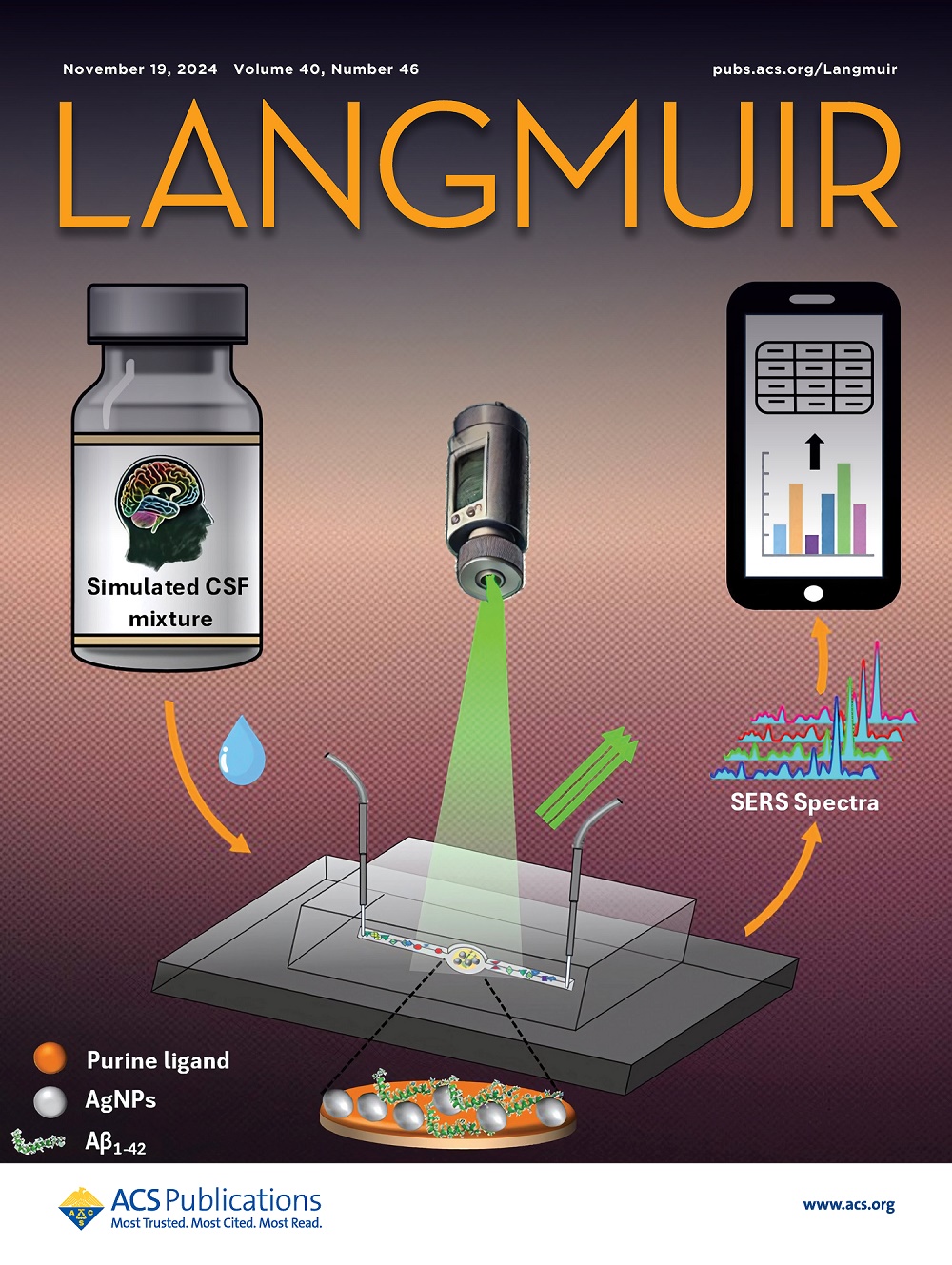Design and Tuning of Photocatalytic Properties in MoC2N4/WC2N4 van der Waals Heterostructure: A DFT Investigation
IF 3.7
2区 化学
Q2 CHEMISTRY, MULTIDISCIPLINARY
引用次数: 0
Abstract
Humanity is currently confronted with significant challenges including energy shortages and limited access to clean energy sources. Photocatalytic water splitting for hydrogen production, utilizing two-dimensional van der Waals heterostructures, offers a promising solution to these pressing issues. In this study, we constructed a type-II van der Waals heterostructure of MoC2N4/WC2N4, with a lattice mismatch of 0.76%, composed of monolayers of MoC2N4 and WC2N4. After conducting a thorough thermodynamic stability screening, we identified the most stable stacking configuration. Subsequent calculations of the optical and electronic properties demonstrate that this heterostructure is a highly promising candidate for the overall water splitting photocatalysis. Its stability was further confirmed through phonon dispersion spectroscopy and ab initio molecular dynamics (AIMD) simulations. Then, the electronic properties of the MoC2N4/WC2N4 heterostructure were calculated using HSE functional. The results show that it is a type-II van der Waals heterostructure with appropriate band edge positions. The photogenerated electrons and holes in the heterostructure are efficiently separated, which significantly enhances photocatalytic activity. Furthermore, the carrier mobility and optical absorption efficiency of the heterostructure are significantly improved compared to those of the monolayer materials. Additionally, we computed the band structure, optical absorption spectra, and hydrogen evolution reaction (HER) and oxygen evolution reaction (OER) performances under biaxial strain ranging from −5 to +5%. Our findings indicate that biaxial strain substantially influences the band structure and optical absorption efficiency. In particular, under 1% tensile biaxial strain, the heterostructure exhibits enhanced catalytic activity, making it a promising candidate for water splitting photocatalysis.

mo2n4 /WC2N4 van der Waals异质结构光催化性能的设计与调整:DFT研究
人类目前面临着重大挑战,包括能源短缺和获得清洁能源的机会有限。光催化水裂解制氢,利用二维范德华异质结构,为这些紧迫的问题提供了一个有希望的解决方案。在本研究中,我们构建了MoC2N4/WC2N4的ii型van der Waals异质结构,晶格错配率为0.76%,由MoC2N4和WC2N4单层组成。在进行了彻底的热力学稳定性筛选后,我们确定了最稳定的堆叠配置。随后的光学和电子性质的计算表明,这种异质结构是一个非常有前途的候选整体水分解光催化。通过声子色散光谱和从头算分子动力学(AIMD)模拟进一步证实了其稳定性。然后,利用HSE泛函计算了MoC2N4/WC2N4异质结构的电子性能。结果表明,这是一种带边位置合适的ii型范德华异质结构。异质结构中的光生电子和空穴被有效分离,显著提高了光催化活性。此外,与单层材料相比,异质结构的载流子迁移率和光吸收效率显著提高。此外,我们计算了在- 5 ~ +5%的双轴应变范围内的能带结构、光吸收光谱以及析氢反应(HER)和析氧反应(OER)性能。我们的研究结果表明,双轴应变对带结构和光吸收效率有很大影响。特别是,在1%的拉伸双轴应变下,异质结构表现出增强的催化活性,使其成为水裂解光催化的有希望的候选者。
本文章由计算机程序翻译,如有差异,请以英文原文为准。
求助全文
约1分钟内获得全文
求助全文
来源期刊

Langmuir
化学-材料科学:综合
CiteScore
6.50
自引率
10.30%
发文量
1464
审稿时长
2.1 months
期刊介绍:
Langmuir is an interdisciplinary journal publishing articles in the following subject categories:
Colloids: surfactants and self-assembly, dispersions, emulsions, foams
Interfaces: adsorption, reactions, films, forces
Biological Interfaces: biocolloids, biomolecular and biomimetic materials
Materials: nano- and mesostructured materials, polymers, gels, liquid crystals
Electrochemistry: interfacial charge transfer, charge transport, electrocatalysis, electrokinetic phenomena, bioelectrochemistry
Devices and Applications: sensors, fluidics, patterning, catalysis, photonic crystals
However, when high-impact, original work is submitted that does not fit within the above categories, decisions to accept or decline such papers will be based on one criteria: What Would Irving Do?
Langmuir ranks #2 in citations out of 136 journals in the category of Physical Chemistry with 113,157 total citations. The journal received an Impact Factor of 4.384*.
This journal is also indexed in the categories of Materials Science (ranked #1) and Multidisciplinary Chemistry (ranked #5).
 求助内容:
求助内容: 应助结果提醒方式:
应助结果提醒方式:


